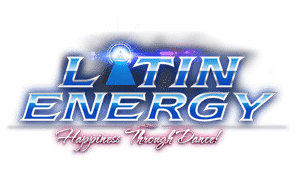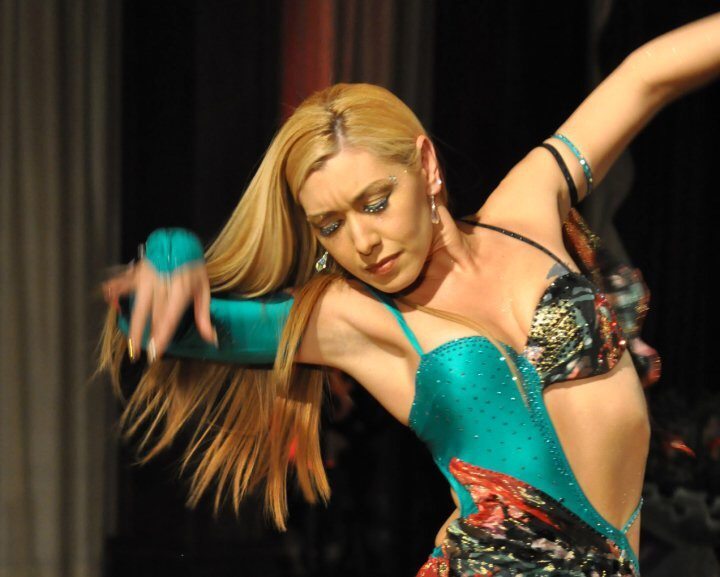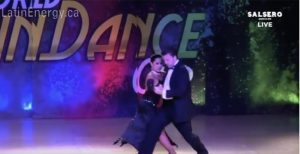Best Argentine Tango Dance Lessons Toronto Tango Dance Classes. Explains, Buenos Aires refer to social tango danced in close-embrace as Tango Salon
Argentine Tango Dance Lessons | Toronto Tango Dance Classes
Argentine Tango Dance Classes Toronto – Best Tango Dance Lessons Toronto
Find more relevant Tango information:
- Argentine Tango Dance Classes | LATIN ENERGY Dance
- Argentine Tango Dance School Explains Lessons Part 1
- Argentine Tango Dance School | Toronto Tango Dancing Classes
- Argentine Tango Technique Lessons | LATIN ENERGY Dance Company
- Best Latin Dance Classes & Shows In Toronto – World Champions Dance Lessons School
- Best Argentine Tango Lessons School in Toronto. We will explain in our Tango Dance Lessons Part 3 –“Estilo milonguero” (tango apilado/confiteria style)
This style originated as the petitero or caquero style in the 1940s and 50s in closely packed dance halls and confiterias. - It is danced in close-embrace, chest-to-chest, knees relaxed, back straight, with the partners leaning – or appearing to lean – slightly toward each other to allow space for the feet to move.
- The center line of the leader’s and follower’s spines are directly in front of each other, requiring that each dancer turn their head to their left slightly to find space over their partner’s right shoulder.
- The follower’s left arm reaches directly up over the leader’s shoulder without resting any body weight on the leader’s shoulder.
- The leader’s left hand and the follower’s right hand clasp in the same manner as other styles of Argentine Tango, with elbows pointed down (contrasting with elbows up and pointed back as in ballroom tango), with little or no pressure applied by the arms or hands.
- The leader’s right arm is held high across the follower’s shoulder blades to help facilitate the upper chest connection, to avoid pulling the follower’s lower torso and hips in toward the leader, thus allowing more flexibility of movement in the mid and lower spine, and better extension of the follower’s legs.
- In the case of followers that are not tall enough to place their head over the leader’s shoulder, it is recommended that the follower’s head be turned to the right and touch the left side of the head to the leader’s chest, and the follower’s left arm may wrap around the outside right arm (although this is generally not preferred as it limits the leader’s flexibility of movement, and is a danger on crowded dance floors to have the follower’s elbow sticking out).
- It is generally not recommended for a leader to dance milonguero style with a follower that is too tall for the leader to see over the follower’s shoulder since it would be very difficult to navigate around the dance floor.
Best Argentine Tango Dance Lessons Toronto
- The emphasis of this style is to take a minimum amount of space on a crowded social dance floor.
- A common mis-perception of milonguero style is that many embellishments and complicated figures of open-embrace and flexible embrace styles can not be done.
- The main limitation of milonguero style in executing complicated figures is the emphasis on maintaining the chest-to-chest connection, however almost all figures of other styles can be adapted to milonguero style by an experienced dancer.”Best Argentine Tango School Toronto – Tango Dance Lessons Explains Part 3″
- Although the close-embrace style of dancing has existed since the beginnings of Argentine Tango, the term “Milonguero Style” only surfaced in the mid-1990s when the name was created by Susana Miller,[32] who had been the assistant to Pedro ‘Tete’ Rusconi.[33] Many of the older dancers who dance close embrace (including ‘Tete’) prefer not to use the label.
- These milongueros of Buenos Aires refer to social tango danced in close-embrace as Tango Salon regardless of the exact technique used.
- Along with the resurgence of interest in tango outside Argentina in the 1980s due to the dance show Tango Argentino, the term Salon Tango had become associated with a style that more closely resembles Show Tango. Susana Miller created the term “Milonguero Style” mainly to help distinguish it from North Americans’ perception of Salon Tango.
- This had the unfortunate side-effect of offending milongueros who would state that they consider themselves milongueros but they don’t dance the way ‘Tete’ did or with the methods Susana Miller teaches.
Best Argentine Tango Dance Lessons
Milonguero style has also been called Almagro style because it was the Buenos Aires barrio that Susana Miller and Tete first taught in. ‘Tete’ referred to his method of embrace as apilado,[34] (piled up, or pressed together) because of this, milonguero style is sometimes called apilado.
Since 2006, Susana Miller has hosted Milongueando en Buenos Aires[35] events to bring the few living milongueros of the Golden Age of Tango together with students to learn. Since these milongueros each have their own unique methods of dancing tango, one may assume that Susana Miller’s definition of milonguero style has expanded to include more than just the way Tete danced tango.
Argentine tango lessons Toronto, Argentine tango classes, Argentine tango dance
You May Also Like…
Toronto Argentine Tango Dance Lessons | LATIN ENERGY Dance Company
Toronto Argentine Tango Dance School | Toronto Tango Dancing Classes
Toronto Tango Technique Lessons | LATIN ENERGY Dance Company
Toronto Argentine Tango Dance School | Best Tango Dance Lessons
Best Bachata Dance Classes Toronto | #1 Salsa dance lessons Toronto
Argentine Tango Lessons Toronto Style Technique Classes World Champ
Salsa Dance Lessons Toronto | Salsa Classes Schedule Events Shows


